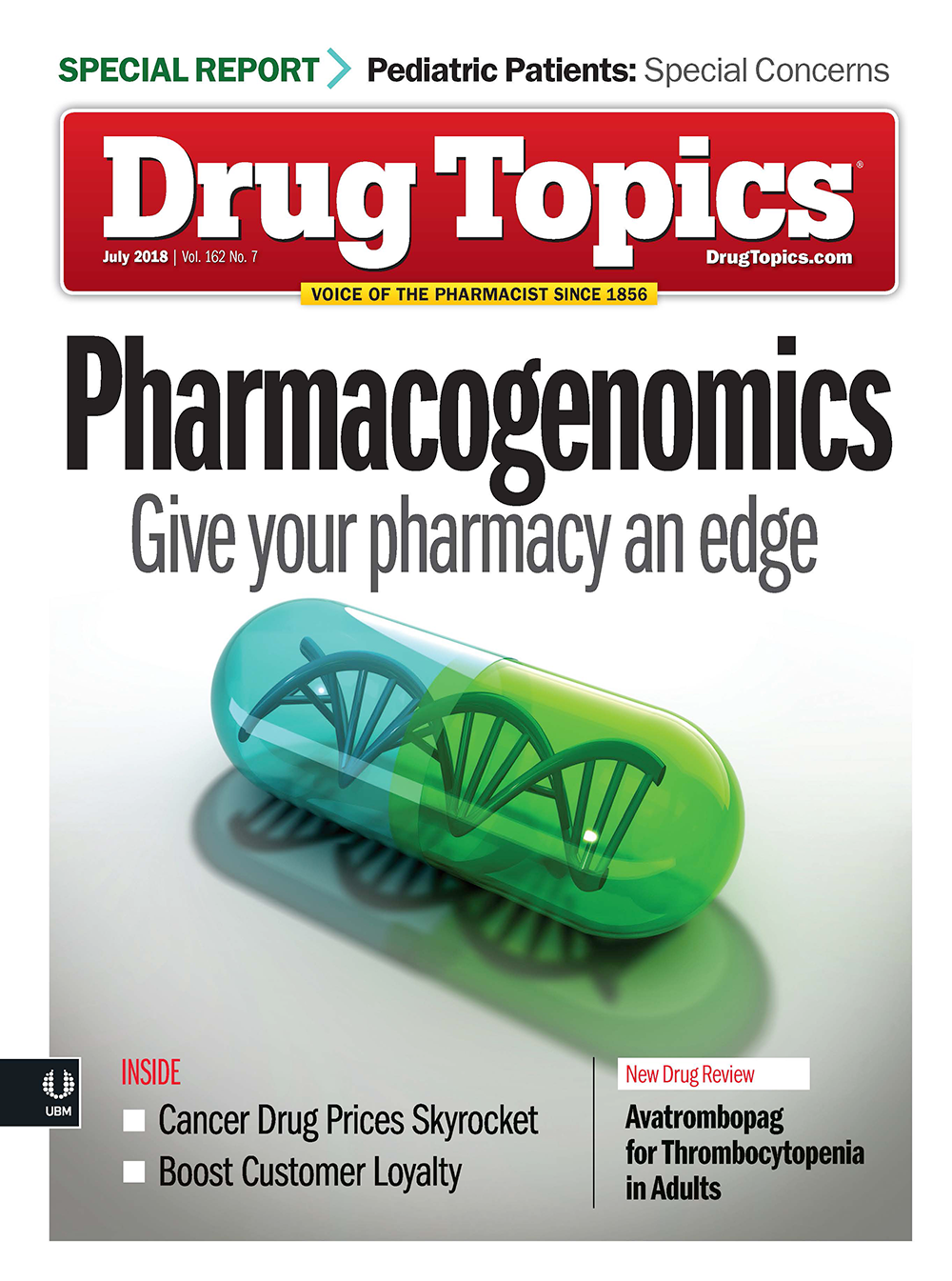The 3 Keys to a Successful Genetic Testing Program
Interested in pharmacogenomics? Here’s how you can get started.

Pharmacists who offer genetic testing point to several strategies to ensure the successful implementation of a pharmacogenomics program.
1. Secure specialized training
It’s essential to understand the complex science and the implications of the test results. For example, Amina Abubakar, PharmD, AAHIVP, owner of Rx Clinic Pharmacy in Charlotte, NC., received additional education through the College of Pharmacy at the University of Florida.
NACDS has partnered with the University of Pittsburgh School of Pharmacy to create a Test2Learn Community-Based Pharmacogenomics Certificate Program. The 20-hour program includes 12 hours of home study and eight hours of live training.
Related article: Pharmacogenetics in the Community Pharmacy
“It’s going to cover the fundamentals of genetic testing, ethical issues, very specific disease state summaries, and clinical guidelines,” Jaeger says, adding that the course also includes patient counseling strategies and tips on how to work with physicians to become an integral member of the care team. It’s targeted to pharmacists who are already working in the field who want to enhance their knowledge about this growing area.
Many of the labs who produce the genetic tests, including Genomind and MD Labs, offer their own training programs for pharmacists.
2. Partner with physicians
Some genetic tests require a prescription from a physician before they can be administered, but Abubakar says even if it isn’t a requirement, she recommends all pharmacists reach out the patient’s physician before administering a test.
She learned the value of this after screening her first patient four years ago. She hadn’t contacted the patient’s physician until she got back results indicating the patient was not a candidate for clopidogrel. When she sent the results to the physician she was surprised to get an angry phone call in return asking who she was and why she was ordering tests.
Abubakar decided to meet with the physician in person and learned that he saw the test as opening himself up to a lawsuit. Since he had not ordered the test himself, it could have been possible that it got filed away, without ever being reviewed by the doctor and could later present a liability if the patient had later had a stroke.
He also admitted that he didn’t know a lot about the field, so Abubakar decided to reach out to other physicians to find out their views on the emerging science.
Her survey showed that primary care providers thought it was a valuable test if only they knew more or, if they had the time to even review it, because the tests were coming up with so many results that they didn’t prescribe.
She decided to become the expert herself, enhancing her education, so that she could work closely with physicians to assess the test results. “I was able to bring studies and suddenly I was a go-to person,” she says. “Then they started referring patients to me.”
Now, whenever a new patient comes in, Abubakar or one of her other pharmacists reaches out to the physician before the test is given to communicate that if they receive actionable results they will work with the physician to determine treatment implications.
Related article: Pediatric Pharmacogenomics Offers Treatment Insights
“Through that approach we’ve got nothing but yeses or the nurse would call and say, ‘Hey, the doctor has never heard of this can you tell us more?’” she says.
3. Promote your services
Pharmacists also have to educate physicians and the general public that the service exists and is offered at their pharmacy. Fruth advertised through television, radio, and newspapers, even offering a newscaster an opportunity to take the test and announce the results on live television. She also did a lot of speaking events at Rotary Clubs and women’s groups.
“I really found that the market that was most receptive to the messaging was women over 35 because they are really making a lot of the healthcare choices,” she says, adding that often they are often directing the healthcare choices of children, spouses, and aging parents.
